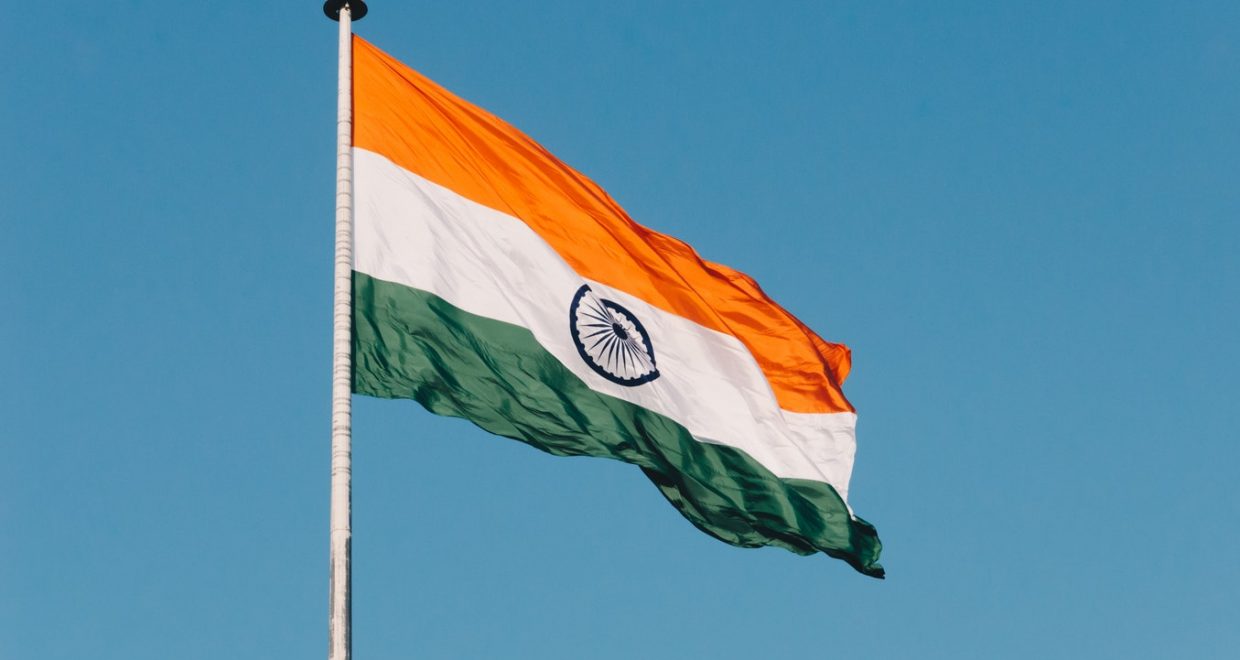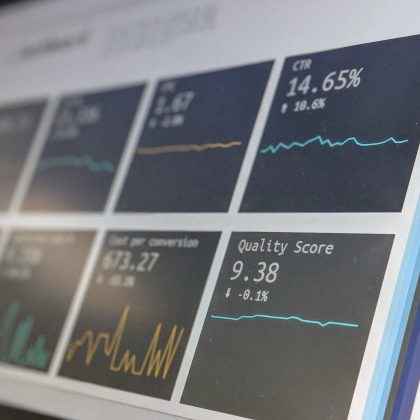Research Ethics: the approach in India
India is the second largest populated country of the world, with many languages, a significant number of which are used by researchers when writing scholarly articles. The country has more than 882 universities of different types and thousands of national-standard laboratories. It is ranked 9th in the world by SJR for the number of research papers published.
New directive on research ethics
Plagiarism, and the identification of it, can be a problem in such a large, polyglot country with so many research institutions. Seeking to address this, in August 2018 the Indian government issued a new directive on research ethics. It has now started to bring actions against violators of the directive. Researchers whose work is found to contain unacknowledged material written by others are asked to resubmit their manuscripts. Persistent offenders may be debarred from publishing their research or even lose their jobs; in extreme cases some have been handed jail sentences.
The Indian University Grants Commission (UGC) is the body authorised to implement decisions concerning plagiarism in the higher/research institutions. The UGC has made it mandatory for manuscripts to be checked against Turnitin, Ithenticate and Urkund. An MS will only be accepted for submission once it is established that any similarities to other papers it exhibits are within the permitted levels (not exceeding 10% of an article may be derivative) and the work of other researchers is suitably acknowledged. It is also mandatory for all Indian universities to upload the full text of theses in the ShodhGanga National Repository and publish them via an Open Access model. The repository currently contains more than 207,000 PhD theses.
Making researchers aware of the standards expected of them and helping them to understand what constitutes plagiarism requires a great deal of work, much of which falls to academic librarians. Often publishers support the initiatives the libraries have set up. The aim is to support researchers by making them better informed and more cautious about what they publish; and also to help them understand which journals are reputable and therefore likely to further advance their careers.
Dr Nabi Hasan, Librarian and Head at the Indian Institute of Technology Delhi (IITD) Library says that although the number of papers published has dropped as a result of these measures, there is evidence at institutions that citations and the general impact of the research published is increasing. Aiming for quality rather than quantity therefore offers a win-win situation for all.
Protection policy
In February 2014 the IITD set up a formal policy to facilitate the protection of the rights of its researchers as well as checking their work for plagiarism. Researchers are also given training in the use of referencing and citation tools and taught scholarly writing skills, sometimes with the help of editors from some of the top academic publishing houses. Before PhD theses are submitted, they are checked for any contravention of intellectual property rights or other similarity issues. The policy is easier to enforce now that anti-plagiarism software and other IT tools are available. Dr Hasan says the policy “shares a global perception of practices related to IP while retaining national identity and observing local constraints, thus avoiding as far as possible the conflict of opposing interests”. It doesn’t apply only to theses: patents, general copyright, trade and service marques, industrial designs, the development of new plant varieties and other biotechnological inventions and the recording of traditional lore are also subject to the rules of the policy.
A great deal of progress has therefore been made to perfect and enforce India’s anti-plagiarism laws. However, Dr Hasan says there is much work yet to do. There is still a lack of clarity among students and some faculty members about how the similarity / plagiarism law operates; and in Management, Humanities and Social Science disciplines it is difficult to observe the 10% rule. Librarians often find themselves protecting students from the similarity issues by giving them specific advice on their work. Sometimes academic authors are afraid to submit their work to journals, even though it is bona fide original, because they are afraid of running foul of the strict plagiarism regulations.
More refinements are possible. Currently, India has no equivalent to the USA’s Office of Research Integrity, although ShodhGanga could be said to represent the prototype of such a facility. Generating fear among authors has been an unwanted and unintended by-product of the new regulations. Dr Hasan says there is now a need to reassure authors by, among other things, raising their awareness of what is and isn’t permissible; issuing strict research and ethical guidelines; developing open and transparent policies; and by putting more abstracts and tables of contents online. Once again, much of the detail of such work will fall to the librarians. Publishers can and do help by contributing to research methodology workshops and by issuing clear guidelines. As the approach to plagiarism in India has tightened up, the closer working partnership between librarians and publishers’ editors has been one of the most welcome outcomes.





